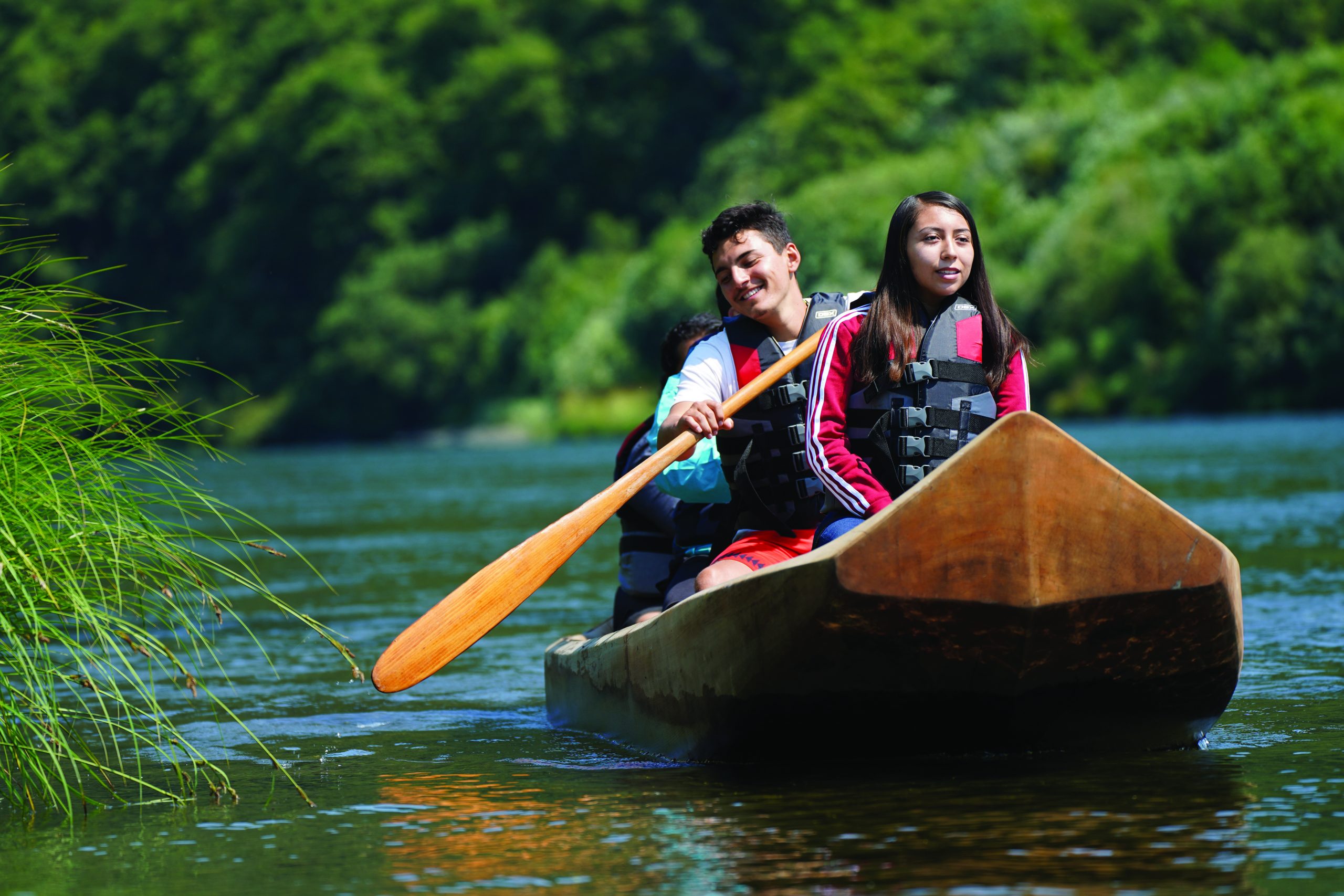Indigenous nations benefit from the increased international interest in Native American culture and tradition
The United States has grown into an international travel destination thanks to its cosmopolitan cities, varied natural landscapes and cultural diversity. But this growth has often come at the expense of native people who have lived throughout the Americas for thousands of years before European settlers. Fortunately, efforts continue to grow amongst tourism professionals to re-assert Native American heritage into the American historical narrative and promote its rich diversity for international tourists.
This process is being spearheaded by AIANTA (the American Indian Alaska Native Tourism Association), which proudly includes 574 tribes as members and promotes tribal lands to visitors of all interests. Established in 1998 to address inequalities in the American tourism system, AIANTA has become a powerful force in the industry by training tribal leaders to maximize the tourism potential of their lands, create connections with local agencies and highlight authentic native experiences for visitors.
“Tribes do not receive lodging taxes or other federal funds expressly for tourism, so AIANTA functions as a DMO for all native communities and as a partner with other agencies to promote their land,” says CEO Sherry Rupert (Paiute/Washoe). “We have taken on the task to perpetuate our culture and use our own voices to tell our stories.”
AIANTA’s efforts have proven successful, since American Indian, Alaska Native and Native Hawaiian tourism accounted for $14 billion in sales for 2021, with continued growth projected over the next five years. Rupert credits this to an increased international exposure to Native American culture and desire for culture enrichment beyond established, settler-dominated attractions.
“You’re on native land wherever you visit in North America, and I believe non-indigenous visitors (especially international ones) are genuinely interested in supporting our artists and communities,” says Rupert. “So we are very active with our outreach to international operators and partner with local DMOs to compel these businesses to add our tribal lands to their itineraries.”
The organization’s visitor outreach program invites member tribes to participate in domestic and international trade shows throughout the year, including an annual presence at IPW. Tribal ambassadors are trained beforehand to ensure that representatives are up-to-date on international travel trend and favorable markets, and that their pitch accurately reflects the rich culture of their representative nation. This year’s IPW “tribal row” representatives will include the Alaska Native Heritage Center, Nez Perce from Idaho, Akwesasne from New York and the Yavapai Nation from Arizona. AIANTA has also established the Professional Certificate Programs in Cultural Heritage Tourism, which educates tribal leaders on how to effectively promote their lands to visitors and initiate sustainable programming. AIANTA has also partnered with Brand USA with an annual spotlight FAM and the National Park Service to promote sacred ancestral sites that border and lie within NPS boundaries with sponsored virtual and in-person forums.
“National park attendance has been at record highs the past two years due to the pandemic,” says Rupert. “People are eager to experience the outdoors and the beauty of these parks, and so much of our ancestral land is on their borders, so this has been a very rewarding collaboration.”
Tribes across North America understand the benefits to all parties when non-native visitors add tribal lands to their itineraries. “What I think is very important is allowing your community to understand that tourism isn’t just bringing a guest to our homeland and giving them an authentic experience,” says Nez Perce Tourism CEO Stacia Morfin. “It’s creating a great connection between cultures and preserving the traditions of our people.”
The Nez Perce tribe, which is headquartered in modern-day Idaho and one of the members of AIANTA’s tribal row at IPW, grows its tourism business by encouraging tour groups to integrate a visit into their national park excursions or journey along the Lewis & Clark Trail. The tribe has also successfully developed relationships with cruise line operators that sail along the Snake River by offering dance performances in regalia, traditional salmon dinners and chartered bus tours that introduce the ancestral land from a native perspective.
“In the past 200 years since the Lewis & Clark Expedition, other people have been sharing our story from their perspective, and this offers us the powerful opportunity to share the beauty of our homelands and waters from our viewpoint, which is extremely powerful,” says Morfin. “To bring back our culture and language to visitors is not only transformational and educational for tour groups, but it also very important for the cultural integrity of our people.”
The interaction is beneficial for both sides— allowing visitors to develop an authentic connection to the surrounding area that is difficult to accomplish on the contained environment of a cruise ship and instilling pride in indigenous people whose stories were too often ignored or altered to fit a settler narrative. “With international travel returning in earnest, we’re excited to welcome these visitors to the land we are so proud of and connected to,” says Rupert.

